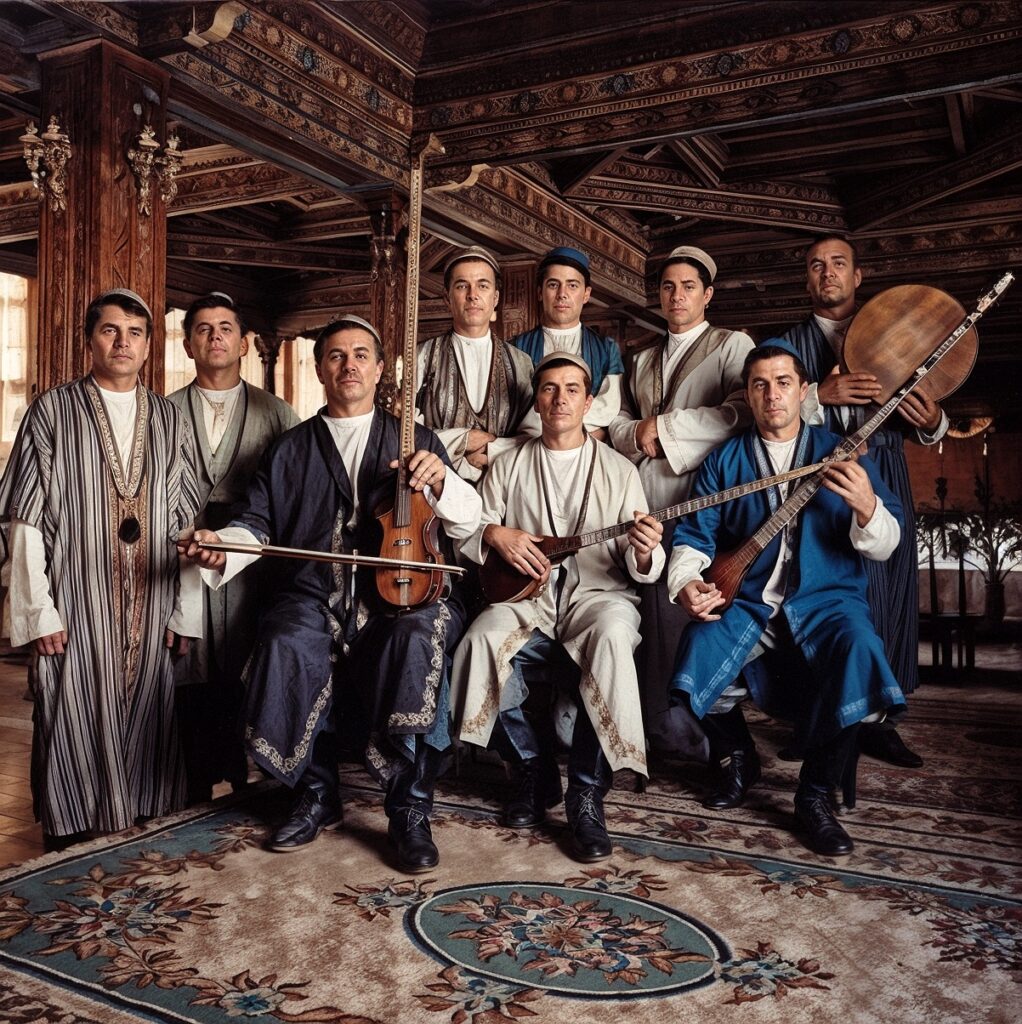A BRIEF HISTORY OF MUSIC IN JIZZAKH
Folk music was considered risqué by some due to political reasons for decades, but like the Jazz style of America that was also considered equally as taboo, it has become a defining musical style of Uzbekistan.
In terms of vocal styles, the main folk style is known as Bakhshi and consists of melodies that are passed down from generation to generation, so no notation is needed! Several important musical instruments are still played today that bridge the gap between old and new traditions:

Dutor – This instrument is a two-stringed Lute that has a warm tone and is one to two metres in height. Dutar literally means “Two Strings” and these strings are made from silk or nylon, opposed to Guts which had been the preferred material of choice for centuries. This instrument should not be confused with the Dotor, that originates in Bangladesh.
Rubob – Originating from Afghanistan in the 7th century, this instrument very much resembles a Lute and has a short neck. The Rubob is carved from a single piece of wood, which is usually Mulberry. It has three melody strings, three drone strings and usually twelve sympathetic strings. The head of the Rubob is made from animal skin, most commonly a goat. Being known as “The Lion of instruments” is certainly a title to be proud of indeed and the Rubob is performed all over the World due to its popularity.
Tanbur – The Tanbur originates from Central Asia from the Ancient period and is a stringed instrument. It has four strings made of metal than run across the small bridge of wood of the body of the instrument. Again, made from Mulberry, this instrument has been giving joy through song since the Parthian Area where the name Tanbur is derived from Middle Persian texts.
These wonderful musical traditions can be performed at venues such as the prestigious Jizzax Viloyat Musiquali Drama Teatri or Open-Air Festivals, the possibilities are endless when continuing the joy of music.
Francesca Mepham
